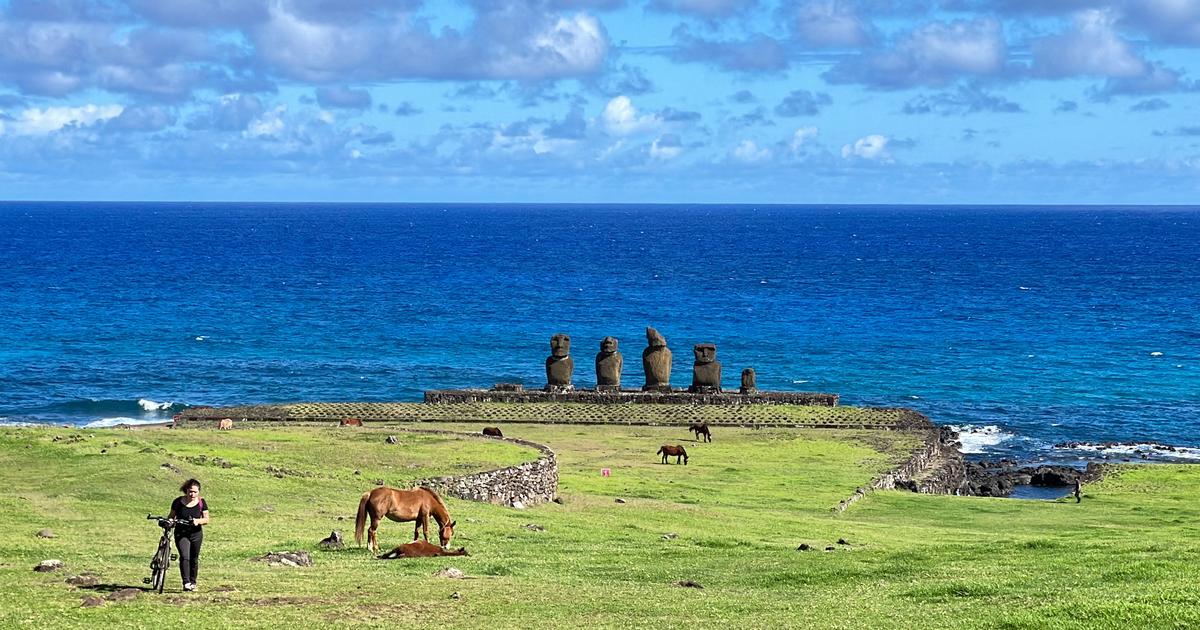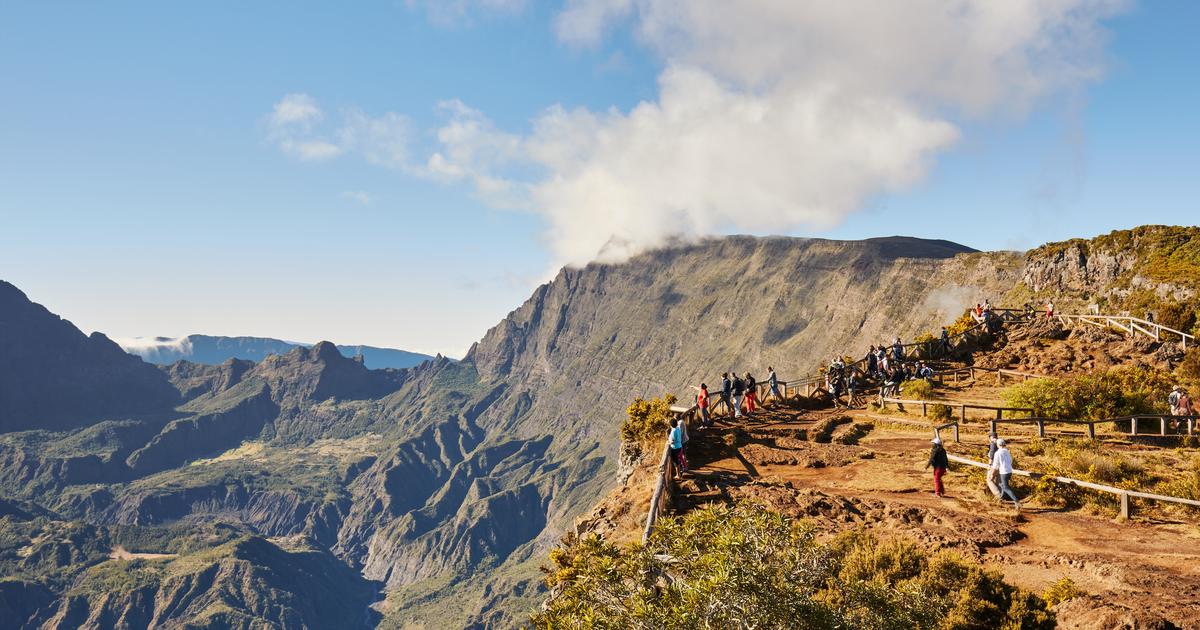The people of Easter Island have survived two years without the financial windfall of mass tourism due to the pandemic.
A time now over: tourists can once again visit this piece of land 3500 km from the Chilean coast, known worldwide for its hundreds of monumental statues, the moai.
Thursday, August 4, commercial flights resumed between the mainland and the island.
On the occasion of this reopening, the Rapa Nui natives now want to perpetuate a rediscovered ancestral way of life, protect their island and resist the temptation of returning to the world before.
The elders of this indigenous people from Polynesia, who were the first to colonize the island around 1200, had insisted on the importance of ensuring the island's food autonomy.
A warning that the last generations have pretended to listen to.
Read alsoAfter two years of closure, Easter Island reopens to tourists
back to earth
And overnight in March 2020, the 7,000 permanent inhabitants of the 24 km long and 12 wide island cut off all air links with the outside world to protect themselves from SARS CoV-2.
Olga Ickapakarati used to sell small stone moai figurines to tourists but had to resolve to rediscover the gestures of her ancestors and cultivate the land.
“
We ended up with nothing so we started gardening
” around the wooden house and its tin roof, she says.
In order for the population to meet their needs, the municipality of Easter Island had urgently set up a seed distribution program and Olga planted tomatoes, spinach, beets, chard and celery, but also herbs: basil , oregano, coriander.
What she did not consume, she gave to other families, who in turn shared their harvest with others, thus forming a vast network of mutual aid.
Read the fileChile: the
Figaro travel guide
The pandemic, a “lesson for the future”
Passengers on the first flight to land on Easter Island are greeted by locals on August 4.
PABLO COZZAGLIO / AFP
Two years freed from the frenzy of mass tourism, the inhabitants of the island have experienced a new life and today do not want to go back to the pre-pandemic period which saw 11 weekly planes landing 160,000 tourists each year.
“
We will continue tourism, but I hope the pandemic has been a lesson that we will remember for the future
,” breathes Julio Hotus, a member of the Council of Elders of Easter Island.
Thursday August 4, after 28 months of isolation, a plane landed for the first time, generating excitement among residents who longed to see new faces.
The reopening to tourism will be gradual with two flights per week, but the frequency will gradually increase.
For the time being, the big hotels are keeping their doors closed.
Nearly half of tourist sites will remain closed due to lack of staff.
The island has indeed lost a quarter of its permanent inhabitants in the past two years.
The forced isolation has also led the Rapa Nui people to reflect on the urgent need to take care of natural resources: access to water and the production of green energy.
Priority will also be given to the inhabitants of the island in terms of jobs, in application of “cultural codes” such as Tapu, an ancestral rule which promotes solidarity, explains the mayor of Easter Island, Pedro Edmunds Paoa.
"
The tourist, from today, becomes a friend of the place, whereas before he was a foreigner who visited us
", he adds.
Read alsoHow Thailand plans to turn the page on mass tourism
Statues threatened by climate change
The sculpted moai which can reach 20 meters high and weigh 80 tons, emblems of Easter Island with the mysteries that surround them, are also at the center of new reflections.
"
Climate change, with these extreme events, endangers our archaeological heritage
", warns Vairoa Ika, director of the environment of the municipality.
"
The stone is degrading, so the parks will take their measures and protect them
," she explains without further details.
"
The problem with the moai is that they are very fragile
(...)
We must leave aside the tourist and landscape vision and take great care of these pieces and protect
them " because "
they have incalculable value
" , adds Julio Hotus, hoping that his old advice will be listened to.
ON VIDEO - Covid-19: tourists return to Easter Island after two years of pandemic















